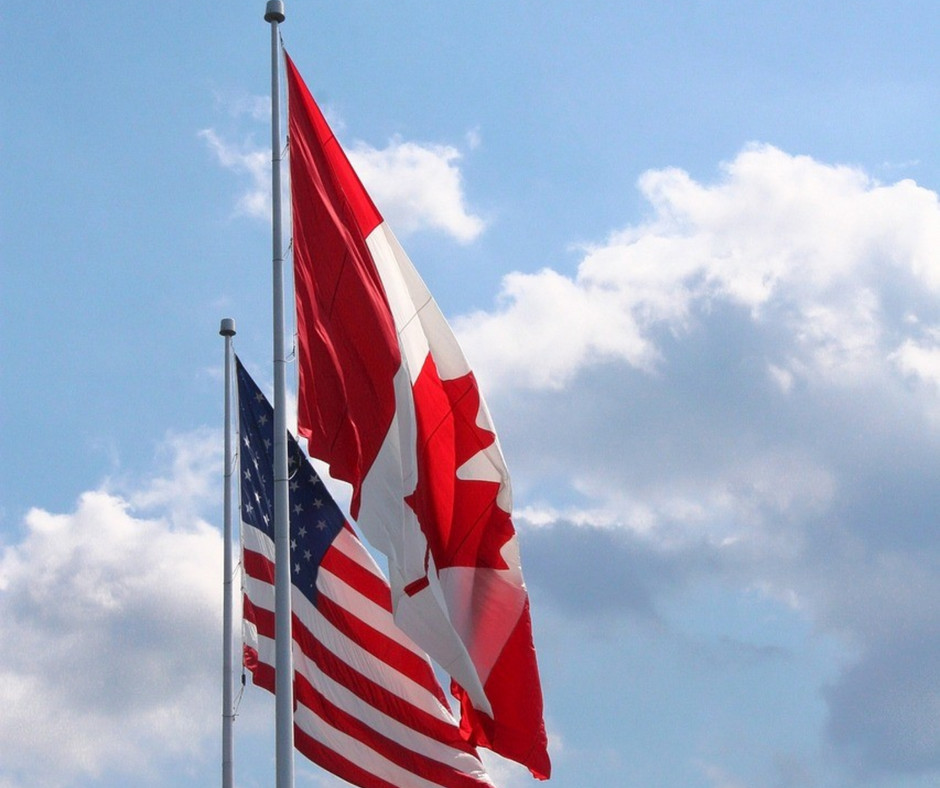It would be an understatement to say that the first quarter of 2025 put Canadians’ financial mettle (and wellness) to the test. It closed with the announcement of sweeping U.S. reciprocal tariffs on countries around the world—since paused for 90 days—from which Canada and Mexico were exempted, even as both countries still face levies on everything from steel and aluminum to some auto exports—with potentially more to come.
The widespread uncertainty stoked by U.S. President Donald Trump’s escalating trade war has left many investors anxious about what might lie ahead and how to adjust their financial plans accordingly.
When your next-door neighbour, one-time best friend and largest trading partner suddenly pulls the rug out from under longstanding trade treaties such as the Canada-U.S.-Mexico Agreement, stock markets will plunge (then suddenly rebound when the U.S. temporarily reverses course), and the business community will begin taking adaptive action—everything from layoffs to the shifting of corporate headquarters South of the Border. All of this has happened, with frayed investor nerves being an understandable byproduct.
But as we’ve seen in past economic crises, such as the COVID-19 pandemic or the Great Recession of 2008-09, panic never pays off. Instead, a ‘keep calm and carry-on’ approach to wealth management and planning is the key to promoting long-term asset growth and financial well-being.
Distinguishing signal from noise
In the face of a market shock such as the violent reworking of the international trade landscape, sober analysis is in order. Yes, the Trump tariffs are very bad, have triggered retaliation from tariffed countries such as China, and could still potentially plunge Canada and many other countries into an avoidable recession. Or not. We really don’t have the answers given the sheer number of economic variables at play.
Here’s what we do know: broad-based tariffs are generally negative for the long-term economic goals of democratic countries used to operating across a globalized, integrated trading system. While tariffs will have a major impact on economies, the Americans will also be negatively affected by targeted retaliatory tariffs on their industries; this week’s sell-off of U.S. treasuries being a prime example. As such, the tariffs could be a limited-time proposition and could be fully removed or significantly reduced in the near- to medium-term, thereby mitigating the potential impact on your finances.
While it’s frustrating that we can’t control short-term volatility, we can take solace in the fact that, historically, this kind of market upheaval is rarely sustained.
Responding to a crisis of confidence
Uncertainty is the enemy of the publicly traded stock markets. That maxim applies both during crises and the regular cycle of market fluctuations. If your confidence in the markets has been shaken, know that you’re not alone.
But as a long-term investor, it’s wise to focus on the variables that you can control, such as your customized financial plan that sets a path toward achieving your long-term lifestyle goals. As we eventually emerge from the current market valley, a complete market rebound could be on the horizon. Case in point: this week’s market swing following Trump’s 90-day reciprocal tariff pause.
Be sure to resist the temptation to make knee-jerk reactions. (Sell everything! Put our entire portfolio into gold!) Much of what we’ve heard recently is white noise in response to market convulsions and disruptive policy. As we noted in a previous blog, trying to time the markets rarely works:
A recent Bank of America study showed the importance of staying invested during periods of volatility and not trying to time the markets. According to the study, if you stayed invested in the S&P 500 between 1930 and 2020, your investments would have yielded a cumulative return of 17,715 percent. If you missed the 10 best days each decade, your total return would stand at just 28 per cent.
Being an objective investor, taking emotion out of financial decisions and working with your advisors to review and revise your financial plan as needed is sound advice at any time—this period of upheaval included. Any well-designed portfolio should be properly diversified, designed to manage risk and should be in sync with your lifestyle goals. If your portfolio is comprised of a balanced mix of securities, equities, cash and potentially also alternative investments that deliver reliable growth and returns, you’re likely on the right path. That may also include using insurance tools and higher interest-rate savings accounts or vehicles to fund your lifestyle needs. For retirees, having a cash wedge or a liquid component to their portfolio will help to ease anxieties in the weeks and months ahead.
Staying the financial course in the face of uncertainty is never easy. But market history reminds us that it’s usually the most effective approach to minimize risk and realize your wealth-building goals.
The Bridgewell team
For assistance with your wealth and financial planning, insurance or group benefits planning needs, contact a member of our team today.






